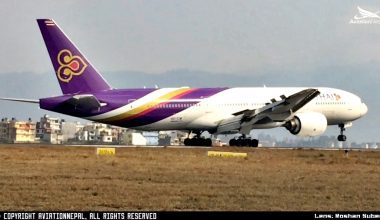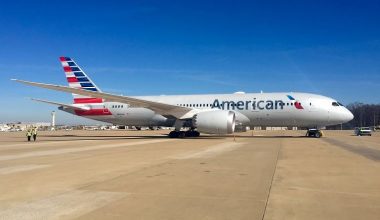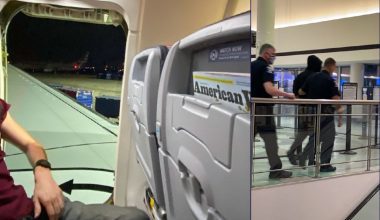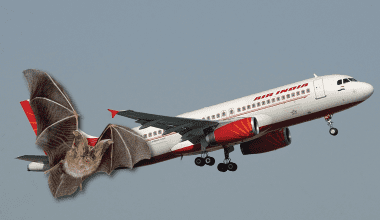The Mitsubishi MU-2 aircraft is one of the most successful Japanese aircraft after the Second World War that presents an amazing opportunity for the pilots to operate a dependable, rugged, reliable, safe, and fast aircraft, all that features at a competitive price. The aircraft was manufactured by the Mitsubishi Heavy Industries as a high-wing turboprop aircraft with a pressurized cabin and powered by two powerful engines. Mitsubishi MU-2, which made its first flight in September 1963, started mass-produce the aircraft from 1963 to 1986.

Mitsubishi MU-2 basically comes into two varieties, short body models and long body models; from the start of the manufacturing, the MU-2 aircrafts made several distinctions and improvements over the year to ride the tide as a successful aviation company. The long-body MU-2 aircraft can comfortably accommodate 8-11 passengers depending upon the aircraft’s configuration; similarly, the shot variant with the same wings and engine seats seven passengers can also be configured with a side-facing seat that can hold up to eight passengers. The aircraft’s systems were designed using it as transport aircraft than a light business airplane; the fuel system is straightforward with the engines powering the wing tanks located above them.

Mitsubishi MU-2 Specifications
| Engine | 2x Honeywell TPE331-6-251M Turboprop |
| Power | 776 horsepower |
| Max. Cruise Speed | 295 knots |
| Approach Speed | 81 knots |
| Range | 1,260 miles |
| Service Ceiling | 29,590 ft |
| Rate of Climb | 2360 feet/minute |
| Take-off Distance | 661 meters |
| Landing Distance | 573 meters |
| Max. Take-off Weight | 11,574 lbs |
| Max. Landing Weight | 11,023 lbs |
| Max Payload | 3,805 lbs |
| Fuel Tank Capacity | 367 gallon |
| Baggage Volume | 1.2m3 |
| Economy/General Seat | 12 |
| Cabin height | 1.32 meters |
| Cabin Width | 7.87 meters |
| Cabin Length | 4.87 meters |
| Exterior Length | 12.01 meters |
| Tail Height | 4.17 meters |
| Fuselage Diameter | 1.6 meters |
| Wing Span | 12.01 meters |
Mitsubishi MU-2 History
The Mitsubishi Heavy Industries LTD(MHI), a large shipbuilder and manufacturer company, entered the aviation industry in 1921. With the successful business strategies over the seas, the company, with the intention to dominate the aviation market, commenced its service at Nagoya, the location adjacent to the seaport. The MHI company, by the time the MU-2 aircraft went out of production in 1986, had produced a huge number of variants crossing the 30,000 numbers and over 100 types of the variants.

Twin-turbo propeller engines power the high-wing design of the Mitsubishi MU-2; at the time aircraft was designed with turbo propeller engines, most of the manufacturers were sticking with the reciprocating engines, finally making the switch to the advanced turboprops. The surveys taken during the 1950s revealed that the US corporate aviation market needed fast, economical aircraft with short-field landing capabilities; to meet the market demand of the time, MHI introduced the ‘Mitsubishi MU-2’. The aircraft was designed with the latest state-of-the-art designs, highly reliable, and powerful twin turboprop engine, the new variants of the engines didn’t only support the aircraft to meet the high-speed requirements but also give the capability to economic horsepower efficiency at even higher altitudes which was not an easy feat at the time.
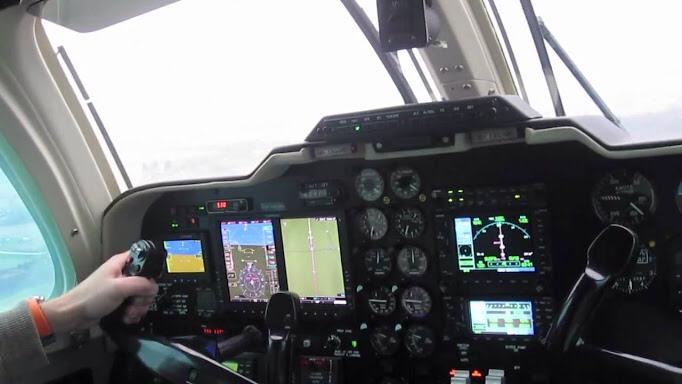
Mitsubishi MU-2 aircraft also switched to the spoiler system for roll control instead of the ailerons, contributing to the full wing flap. The spoiler for roll controls was the latest accomplishment in the aviation sector and gave many advantages to the Mitsubishi MU-2 over the aircraft with typical ailerons for roll control. The spoilers had high roll control over the ailerons even during the slow flights, where the ailerons become more sluggish, heavy, and much less effective.
The Mitsubishi MU-2 came in different variants like :
| “A” Model | These were the prototypes of the Mitsubishi MU-2. |
| “B” Model” | Serial Nos. 004 through 038 |
| “D” Model | Serial Nos. 101, 103 through 113, 116,117,119,and 120 (All have A2PC T/C) “DP” Model: Serial Nos. 114,115, and 118 (All have A2PC T/C) |
| “DP” Model | Serial Nos. 114,115, and 118 (All have A2PC T/C) |
| “F” Model | Serial Nos. 102, 121 through 233 (All have A2PC T/C) |
| “G” Model | Serial Nos. 502 through 547 (All have A2PC T/C) |
| “J” Model | Serial Nos. 548 through 651,653, and 654 (All have A2PC T/C) |
| “K” Model | Serial Nos. 239 through 312 (Serial No. 313 has an A10SW T/C; others have A2PC T/C) |
| “L” Model | Serial Nos. 655 through 660, 662 through 688, and 689 through 696 (All have A2PC T/C) |
| “M” Model | Serial Nos. 319,320,322 through347, and 349 (Serial No. 349 has an A10SW T/C; others have A2PC T/C) |
| “N” and “P” Models | Serial Nos. 661,697 through 730 (“N”)(All have A10SW T/C) and Serial Nos. 321,348,350 through 364,366 through 394 (“P”)(All have A10SW T/C) |
| “Solitaire” and “Marquise” Models | Serial Nos. 365, 395 through 459 (Solitaire)(All have A10SW T/C) and Serial Nos. 700,731 through 799, 1501 through 1569 (Marquise)(All have A10SW T/C) |
One of Safest Airplane
Its specs don’t just define the quality of an aircraft it’s overall performance over the years operating in an emergency situation, and safe landing also plays a key role in determining the status of the aircraft. The safety record also depends on the qualifications of the flying crew. Its maintenance, the Mitsubishi MU-2, when properly maintained and operated within its designated flight envelope according to its POM and Flight Manual, is one of the safest aircraft in the world. Before the 2006 period, the MU-2 aircrafts had higher accident rates than it has at present, but the accident rate at the period was moderate compared to other aircraft in the segment. Even during the period, most of the causes of the accident were not related to the fault of the aircraft; the FAA did an extensive study of the MU-2 aircraft and its operation in 2005, giving it a clean bill of health with many positive compliments about the aircraft by the FAA test-pilots.
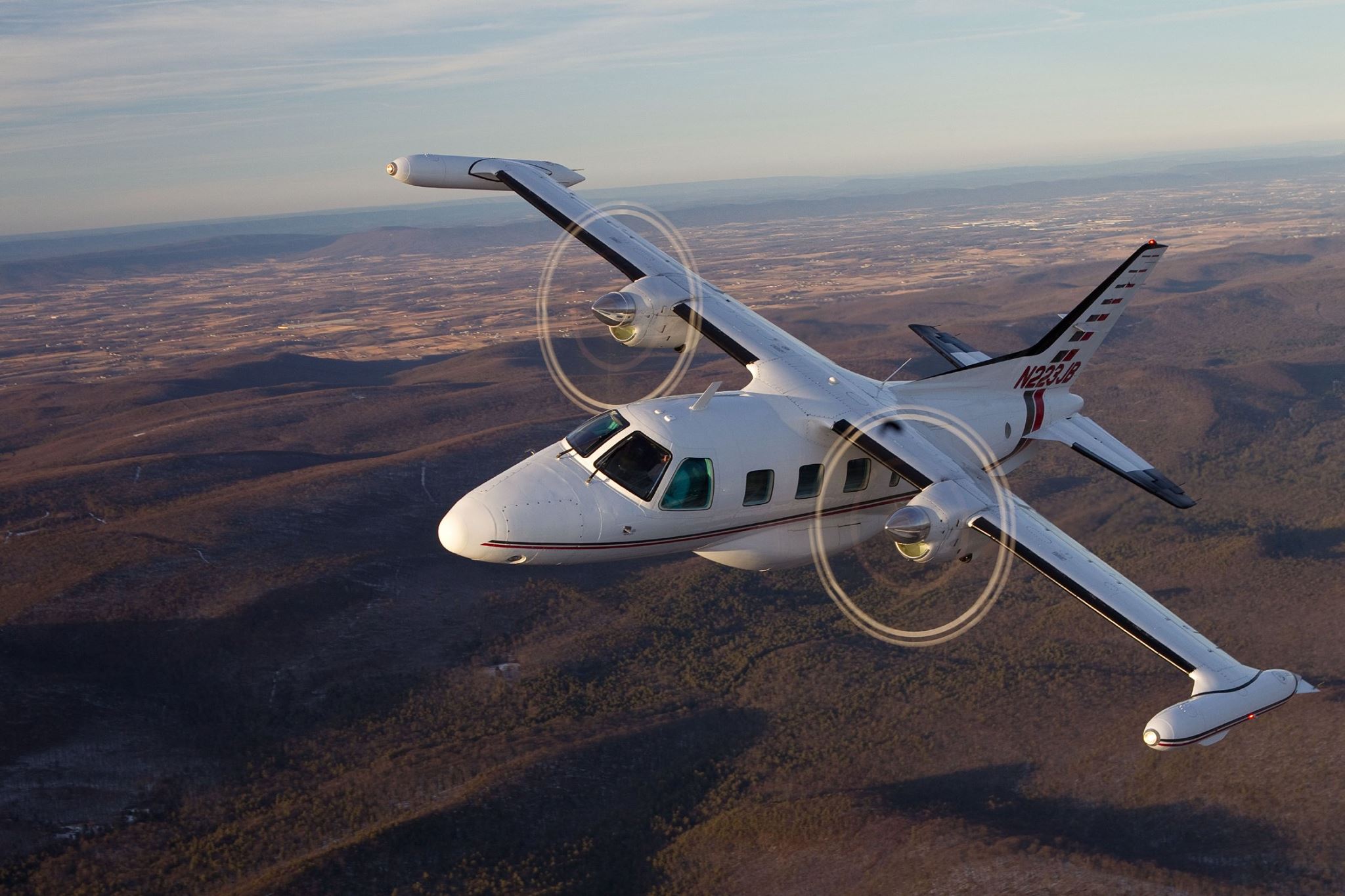
After not finding any issues with the Mitsubishi MU-2, an SFAR was issued, which maintained the standardized training program for both in-airplane training and also simulator-based training at SimCom Orlando. To ensure safety, further requirements were added, which specified how often the SFAR training was given and at what level the pilot entered the training rotation of the program solely based on the pilot’s past pilot-in-command and current experience with the MU-2 aircraft. Now, the training is mandatory on an annual basis; the SFAR training program took effect in February 2007; the training program might have played a hugged part in the low-accident rates of the Mitsubishi MU-2 aircraft, the MU-2 aircraft has enjoyed the lowest accident rate of its aircraft since 2006 in its segment.
Some Interesting Facts About Mitsubishi MU-2
- The designation of the aircraft ‘MU-2’, the ‘M’ stands for Mitsubishi, the ‘U’ stands for Utility, and the ‘2’ stands for the second design of the MU-2 series.
- Emphasizing the ‘U’ for Utility compartment of its designation, it serves many fields of the aviation market from air ambulance operations to air cargo, check hauling, to corporate aircraft market.
- A substantial number of the Mitsubishi MU-2 aircraft were delivered to the Japanese government in various public service functions.
- The MHI remains steadily committed to the safety of the MU-2 operators to assure that the MU-2 aircraft are supported in the present and future, incorporating the changes in aircraft system with the MU-2 aircraft to meet the technological need of the era and providing the best possible training for the MU-2 pilots.
- The MU-2 aircraft made its debut in the US market as a static display during the World’s Fair held in New York City in 1964.
- The design for the first Mitsubishi MU-2 began in 1959, four years later, the first MU-2 prototype was undergoing test flights in Japan, and all future production airplanes were MU-2B.
- The Mitsubishi’s New York trading company proposed a new seven place executive turbo[rop to the Mooney Aircraft in 1963. The deal finalized in 1965 agreed on Mitsubishi Industries fabricating the MU-2 aircraft, and Mooney would be responsible for assembly and marketing.

